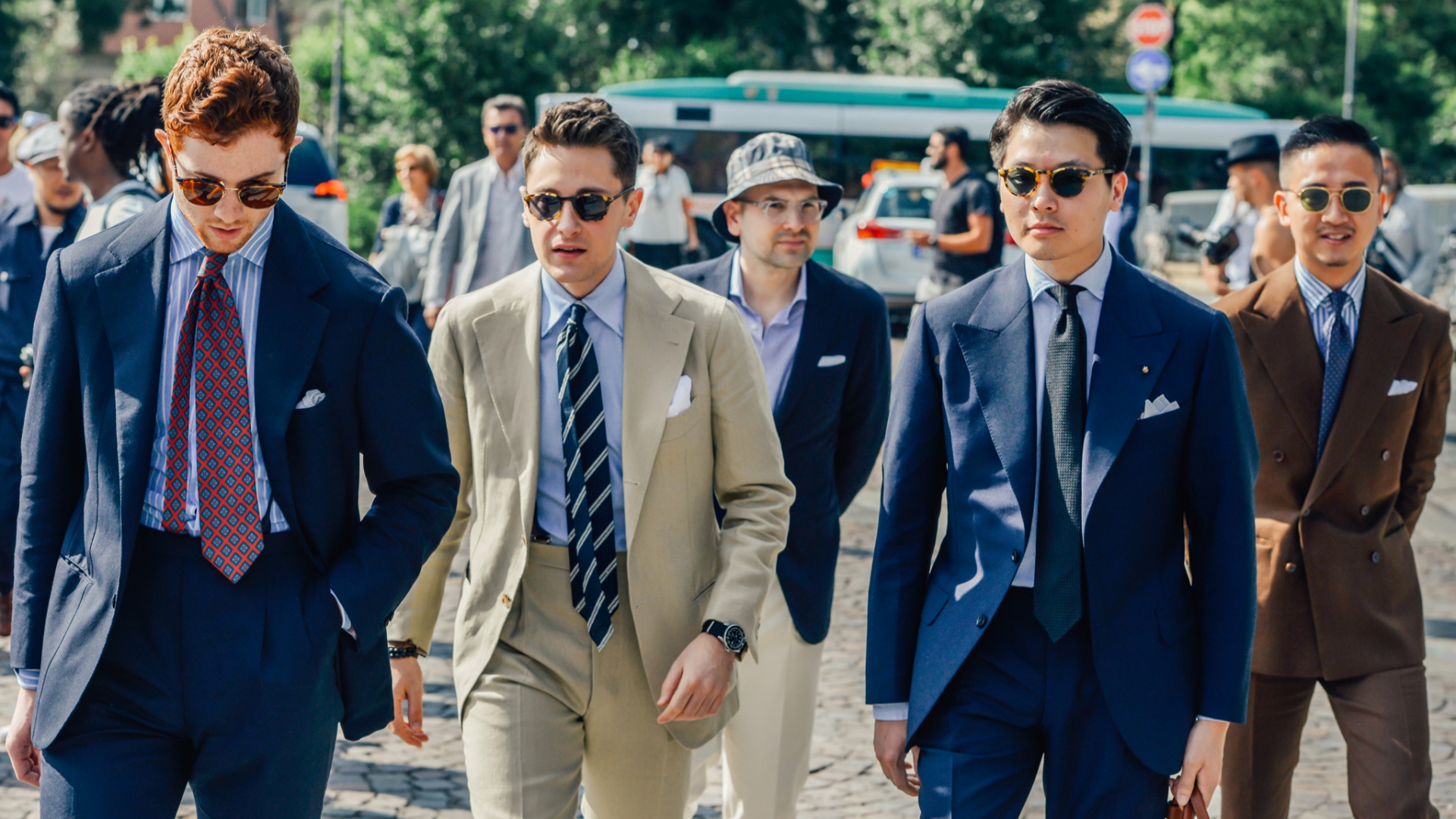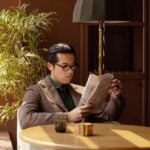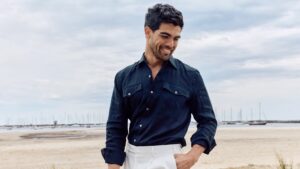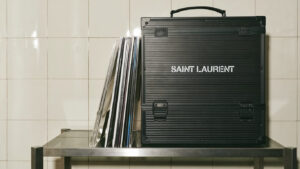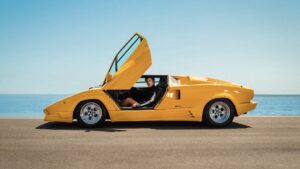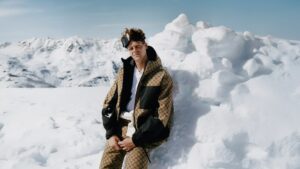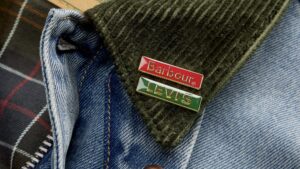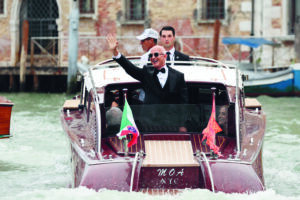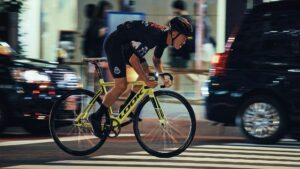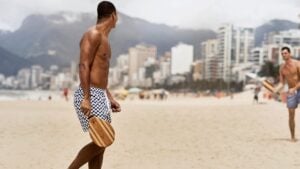Although no longer quite the force to be reckoned with that it was in the 2010s, Pitti Uomo remains a lynchpin of the European fashion calendar — a twice-yearly opportunity for menswear’s global elite to conveniently congregate in one place and do all of their buying, wholesaling, networking, and yes… take selfies astride the infamous Pitti Peacock wall.
A seminal cultural event for many millennials whose interest in classic men’s style was piqued during the heyday of Tumblr — including yours truly — over the years Pitti has given us a trove of designers, entrepreneurs, and street style photographers who’ve all gone on to achieve success in fashion’s broad-based ecosystem (Patrick Johnson being one such prominently Aussie example).
To better explain the show’s significance, we offer an extended answer to the query, ‘What even is Pitti Uomo?’ below — beginning with the show’s history, its state in 2023, and on the off-chance you’re actually attending, what some essential pitstops are within Florence’s metropolitan limits.
RELATED: ‘Succession’ Is Over…And So Is The Quiet Luxury Trend
Table of Contents
- An Abridged History Of Pitti Uomo
- The State Of The Tradeshow Today
- In And Around Florence During Pitti
- Frequently Asked Questions
An Abridged History Of Pitti Uomo
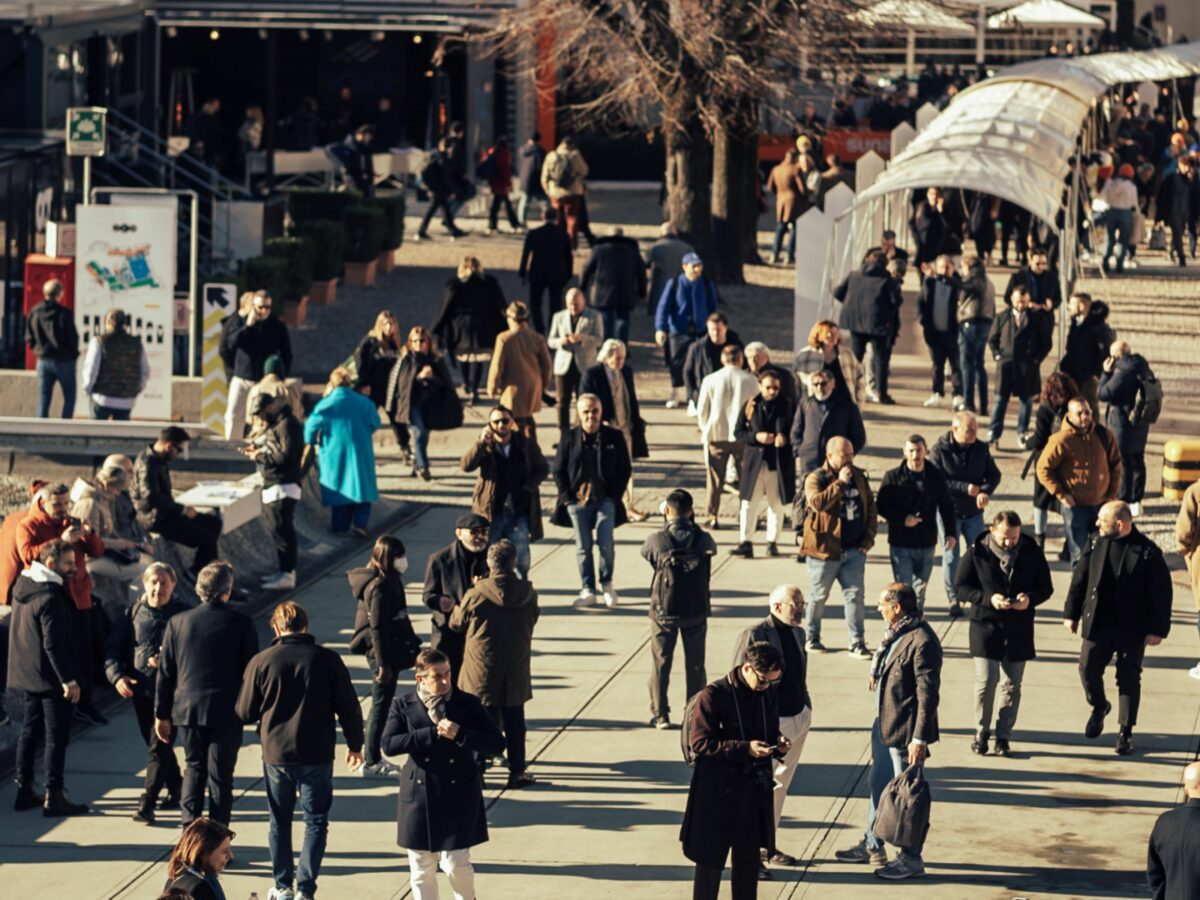
In its simplest terms, a men’s fashion tradeshow held in the Italian city of Florence twice per year (in June and January). The inaugural edition of Pitti Uomo occurred in 1972 at the behest of Italian aristocrat Giovanni Battista Giorgini.
A descendant of the noble House of Lucca, Giorgini had already grasped the importance of exporting Florentine craftsmanship around the globe with his US-focused High Italian Fashion Show, held in 1951.
These early womenswear presentations paved the way for the subsequent creation of Pitti Uomo: a then-dynamic amalgamation of daytime business and nighttime social events that persisted as the show’s model for almost 40 years.
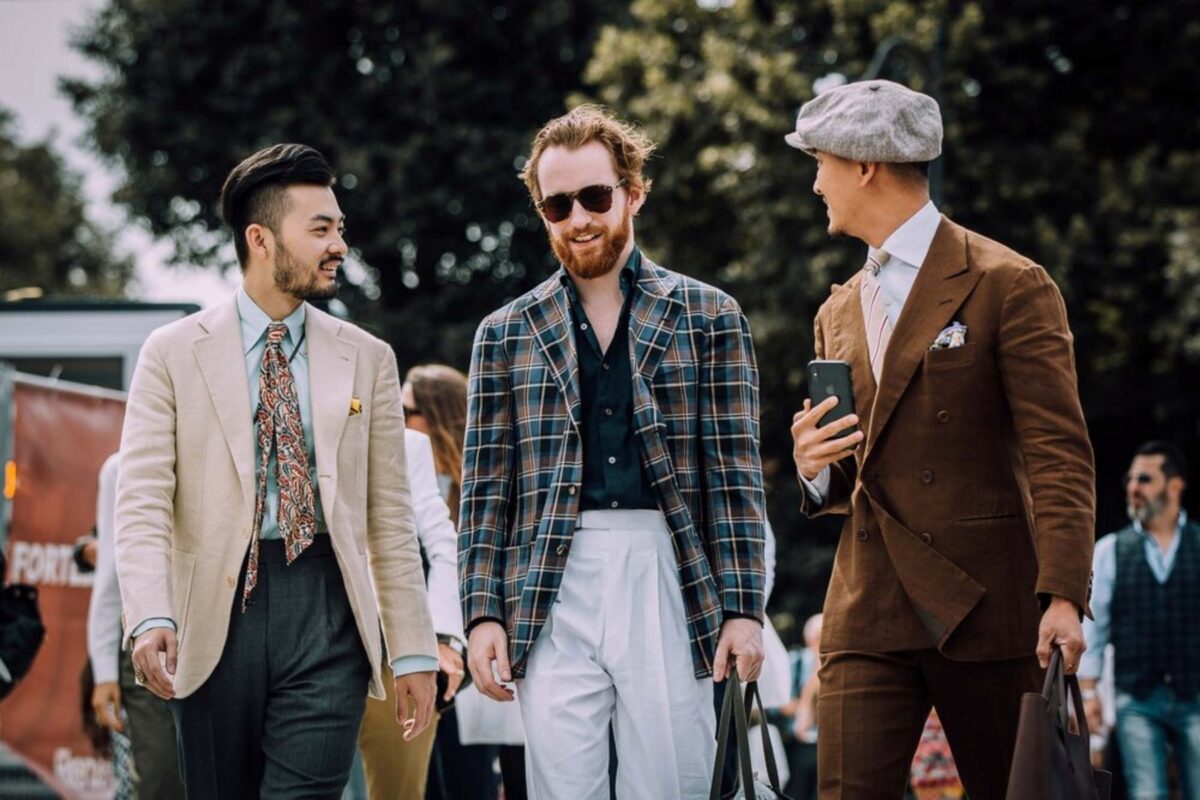
(Image Credit: Jamie Ferguson // jkfman.com)
In 1982, Pitti Uomo was relocated to its now-iconic location in the Fortezza da Basso — a turreted fortification built by the House of Medici in the mid-1500s. At 100,000m2, these new premises set the tone for the grand spectacle that Pitti would eventually become — giving a large centralised platform to “best of Italy” luxury brands such as Valentino and Giorgio Armani.
Gradually, the show’s exclusive focus on Italian manufacturers gave way to a cosmopolitan remit; with Pitti Immagine (the organiser behind Pitti Uomo) opening up exhibition rights to menswear designers and labels from around the globe.
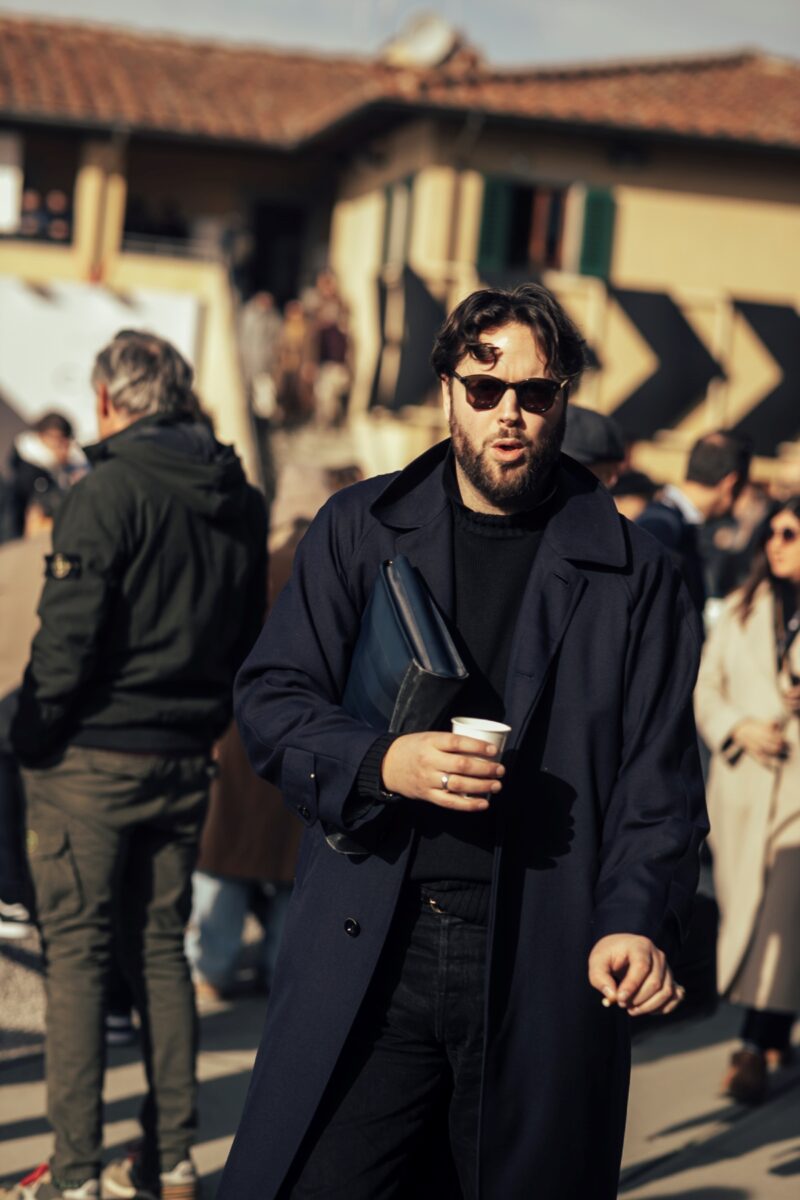
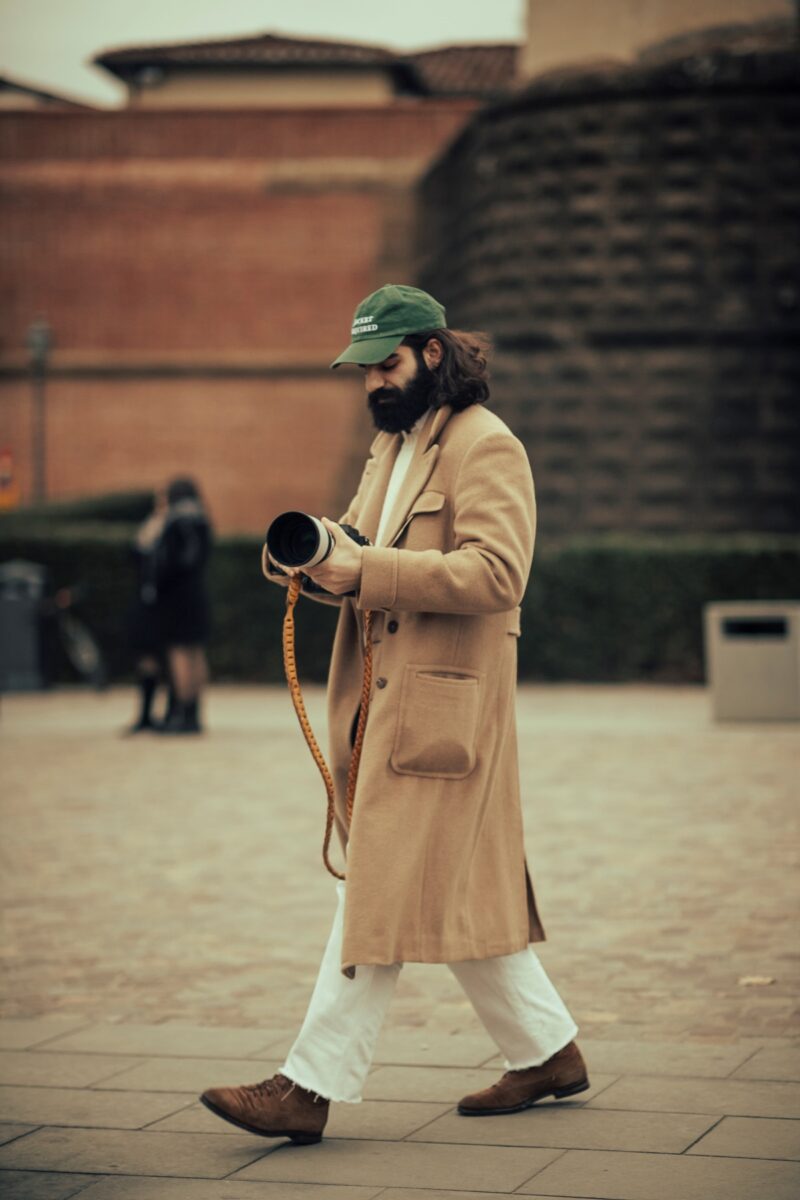
(Image Credit: @theanthology_tw // Instagram)
Marco Rivetti, long-time President of Pitti Immagine (1987-1995), was instrumental in adopting this approach: one which enabled Italian organisers to consolidate all of menswear’s most elite tastemakers under a single roof.
Over the years, the wisdom of that decision has been vindicated by presentations from not only great menswear brands but some of the greatest designers in fashion full stop.
Notable moments include Dries Van Noten’s debut show (1995); the Icarus Surgit runway presented by Raf Simons (2005); and the 30th anniversary of Stone Island (2012).
RELATED: Italian Menswear Brands – A Complete Guide To Living ‘La Dolce Vita’
The State Of The Tradeshow Today
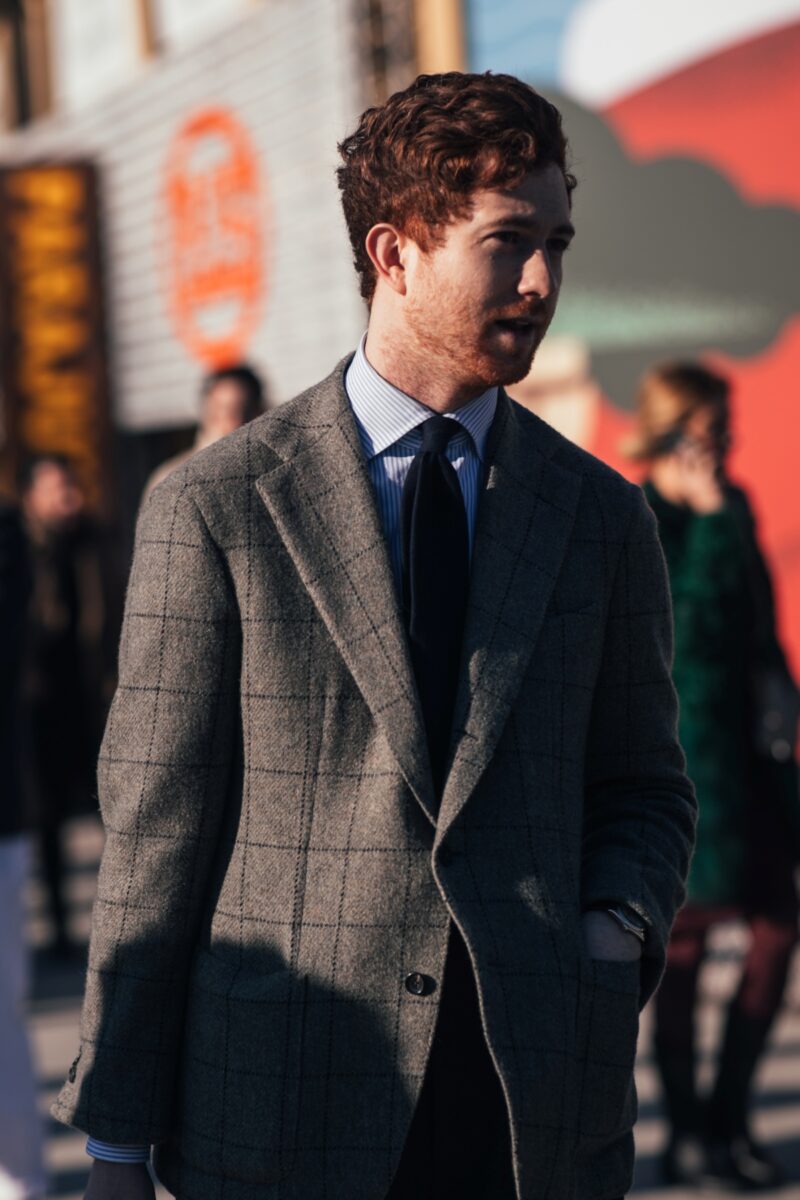
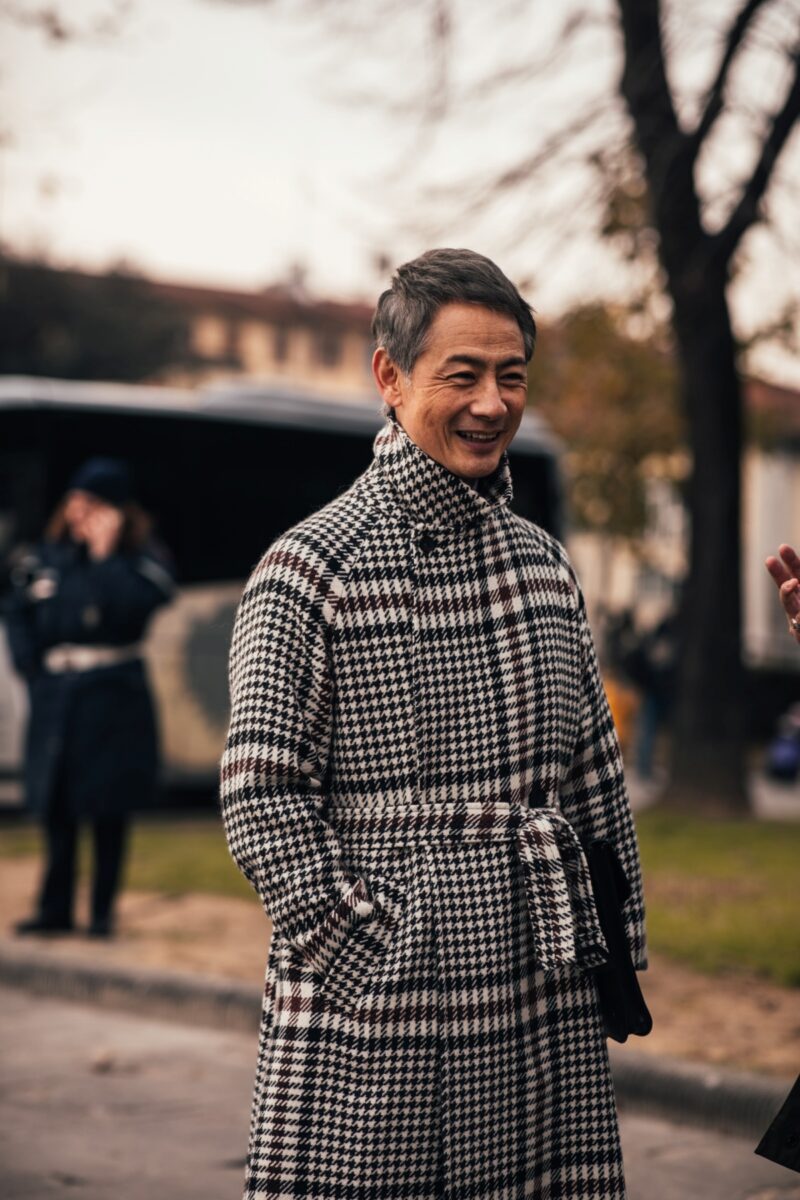
Since the 1990s, the rapid globalisation of tastes at Pitti has brought with it what some might consider a “disruptive” element of publicity.
In the early 2010s — buoyed by the rise of social media platforms like Instagram — increasingly large numbers of men (pejoratively referred to as “peacocks”) began to descend on the fair, mostly with the intent of being papped by the likes of Scott Schuman, Tommy Ton, and other internationally recognised fashion photographers.
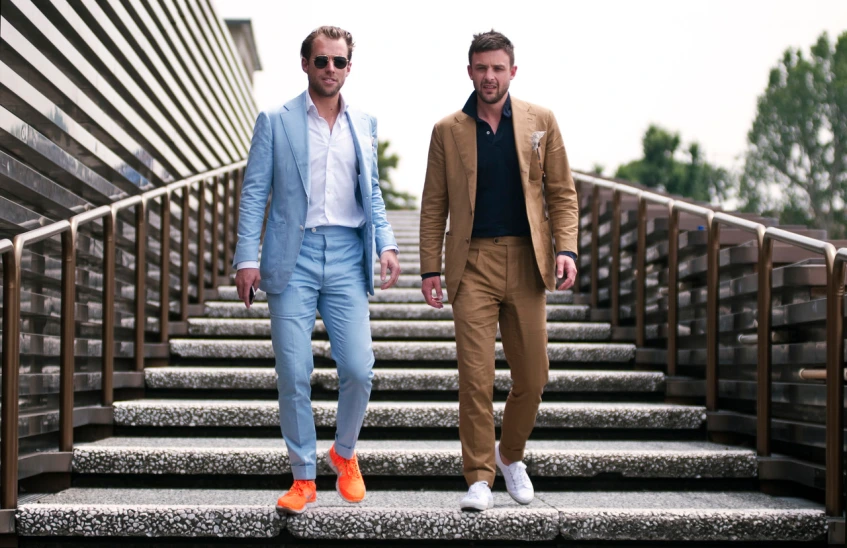
Things became so exaggerated at one point – 2015, if memory serves – that there were even cosplayers (dressed as your favourite Star Wars characters) milling about the piazza.
And though the COVID-19 pandemic put a moratorium on all of this for a few years, it would appear that peacocks remain an intractable fact of life at Pitti — as much a part of the show’s milieu as bespoke double-breasted suits, aggressive hand gesturing, and one too many pre-dinner cocktails at Harry’s Bar.
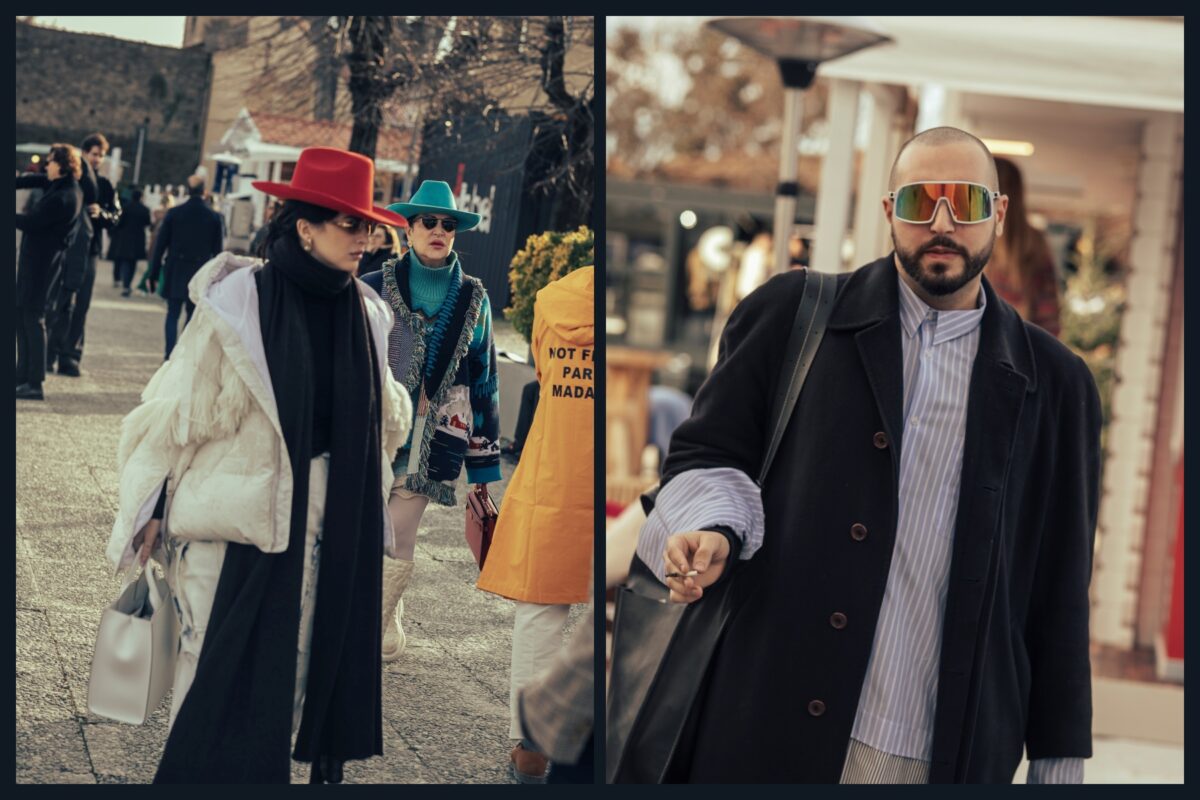
Despite this, a large number of people who attend demonstrably still do so for work: retailers take meetings with new/emerging brands; suppliers renew contracts with customers over a cup of coffee; while fashion editors stalk the corridors of the Central Pavilion trying to decipher what’s big in the (relatively niche) world of artisanal men’s clothing.
“It’s ostensibly a trade fair, where international brands gather for a few days to display their wares and take orders for the year ahead,” says Aleks Cvetkovic, a freelance fashion journalist based in London.
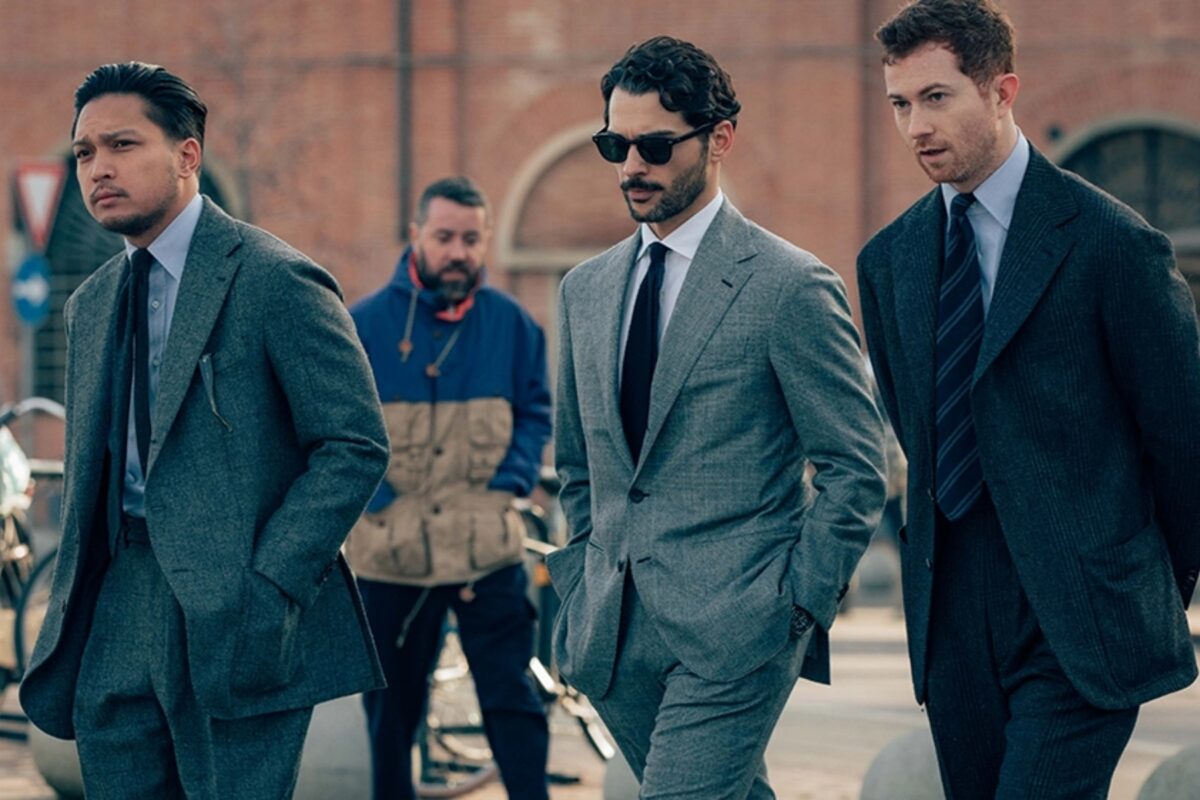
“But it’s also a useful barometer for what ‘real men’ are wearing, as Pitti tends to attract reporters, buyers, and manufacturers — who live and breathe menswear — but are less engaged with high fashion.”
RELATED: Belmond Villa San Michele Review – A Renaissance Masterpiece Just Outside Of Florence
In And Around Florence During Pitti
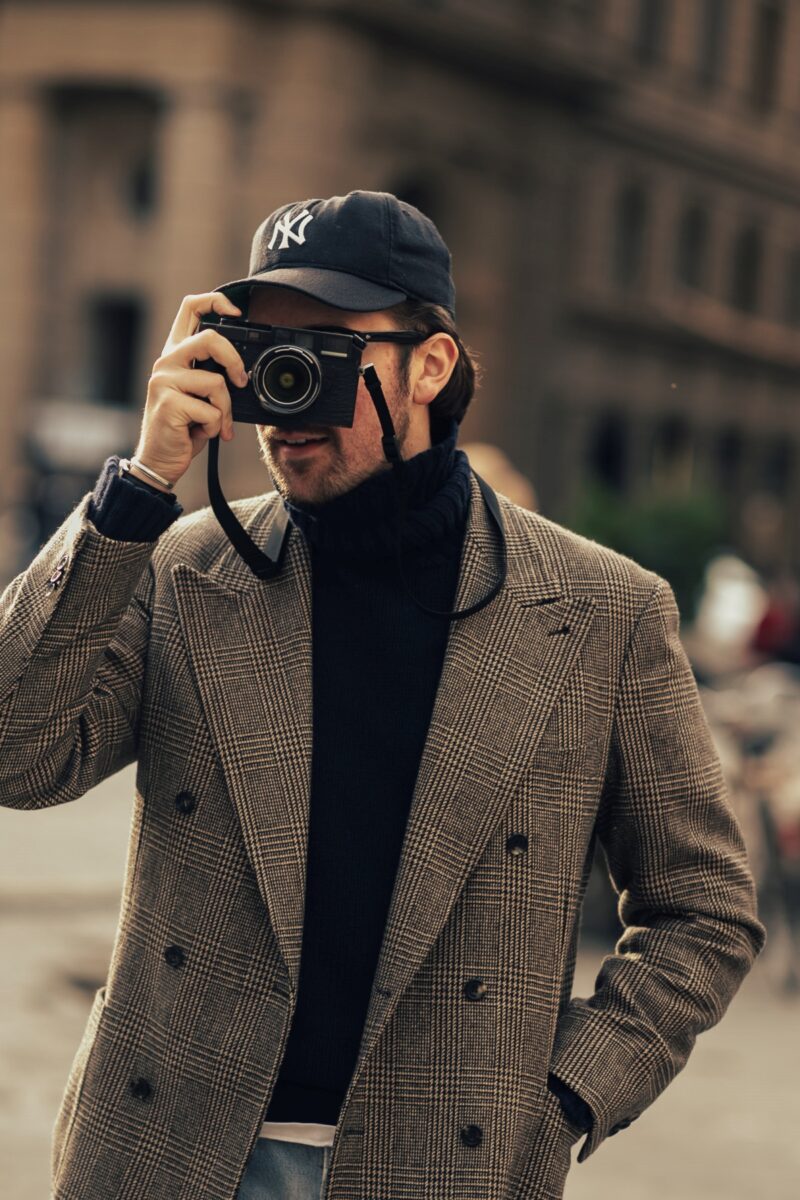
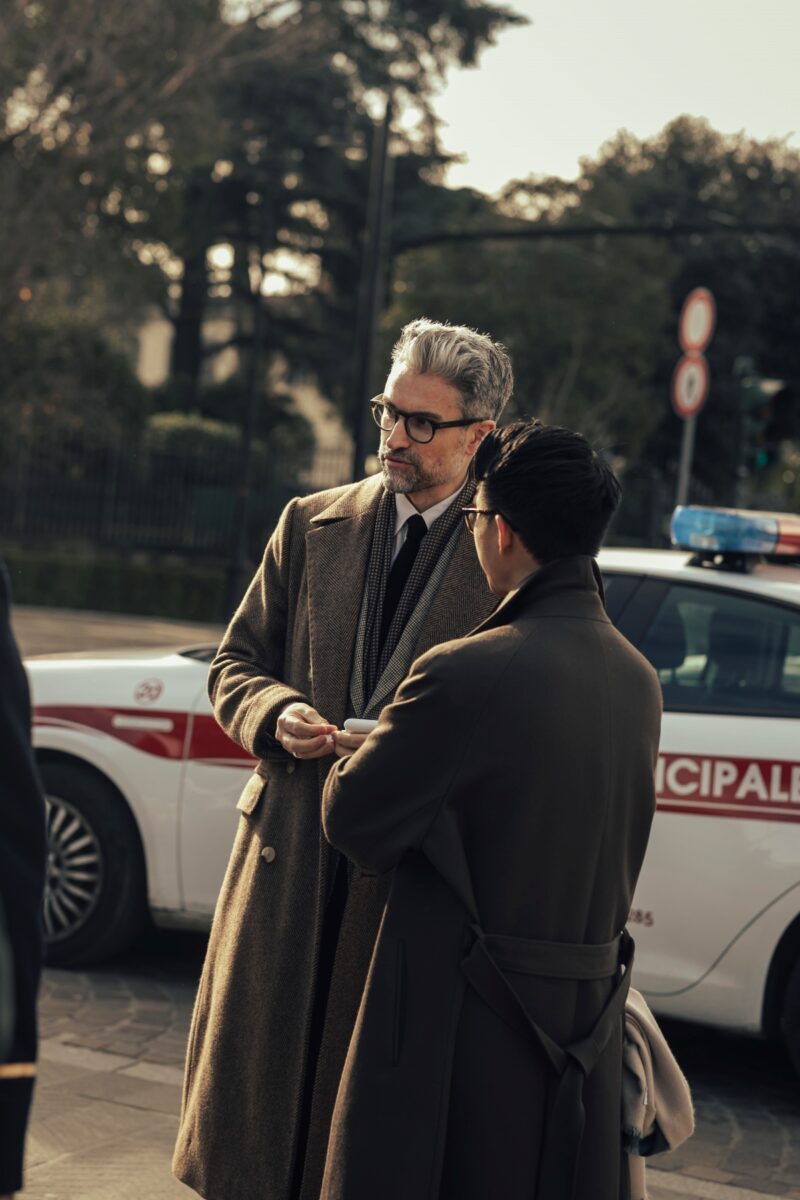
As you can probably imagine, the international and multi-day format of Pitti Uomo offers a vast number of economic opportunities for the City of Florence.
In the past, news outlets have reported that the Italian government routinely spends around €40 million (approx. AU$63.8 million) on the show per year; and tied up with this is a wide array of programming that takes place outside the Fortezza da Basso — calculated to drive business toward Florence’s tourism, hospitality and luxury retail sectors.
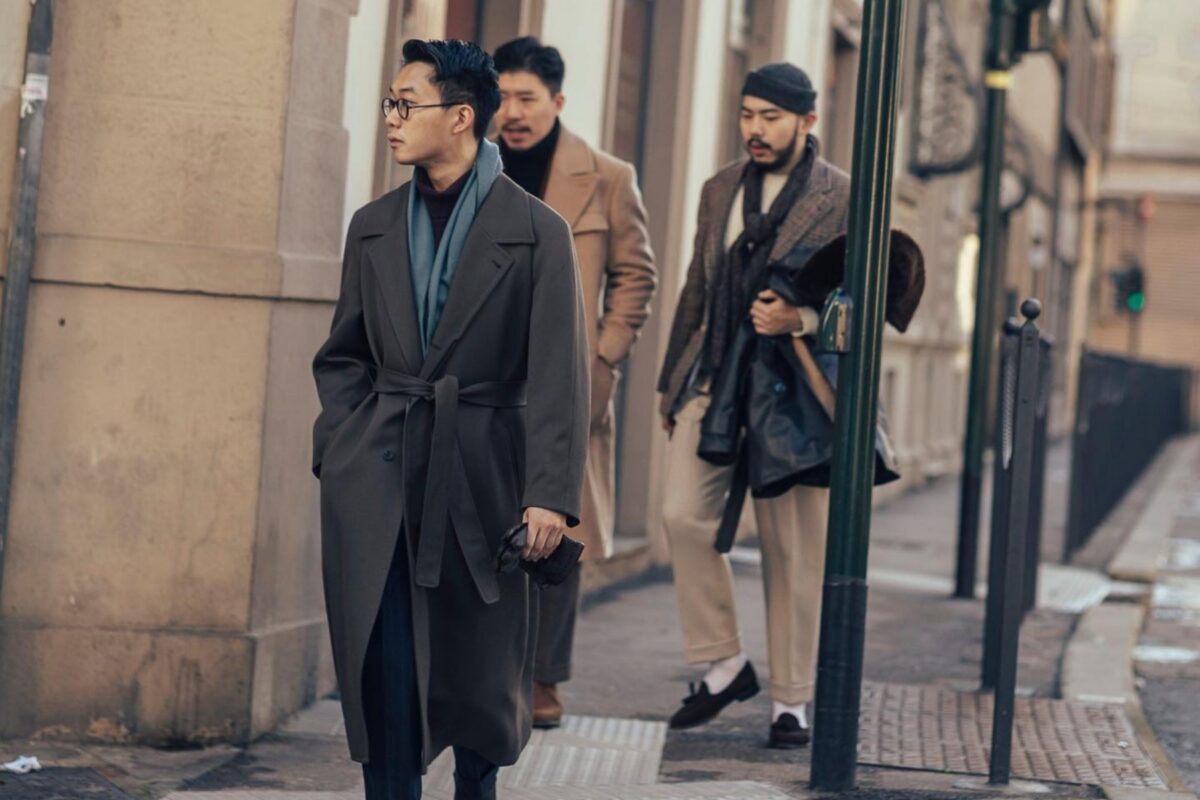
That being said, if you happen to be attending Pitti as a civilian, it’s handy to have a mental shortlist of all the places where seasoned fair attendees — hopefully, the kind who actually work in the industry — kick their feet up after a long day of looking at suits and sportcoats. You’ll find a couple below to get you started:
- Harry’s Bar
- Farmaceutica di Santa Maria Novella
- Trattoria Sostanza
- Trattoria 4 Leoni
- Tabacchi Valori Bollati
- Coco Lezzone
- Piazza Santo Spirito
Frequently Asked Questions
How many times per year is Pitti Uomo held?
Pitti Uomo is a biannual event, generally taking place in January (10/01-13/01) and again in June (13/06-16/06).
What do people who attend Pitti usually wear?
A full lycra bodysuit.
All joking aside, the show’s history as a vehicle for showcasing best-in-class Italian brands means that sartorial clothing is wildly popular.
Considering the weather, attendees usually favour overcoats and knitwear in January; whereas in June, statement shirts and suits in linen or cotton seersucker (i.e. warm weather fabrics) are a common sight.
Is Pitti Uomo open to members of the general public?
Once a tradeshow open exclusively to designers, buyers, and members of the fashion press; Pitti Uomo has offered general admission for a number of years now.
Tickets may be purchased via the Pitti Immagine website.
Are there Pitti events that occur outside the Fortezza da Basso?
Yes. Although the Fortezza hosts the bulk of exhibition space during the show, Pitti organisers regularly stage activations at other locations across Florence.
In the past, these have included the Piazza della Repubblica and Basilica di Santa Maria Novella.
